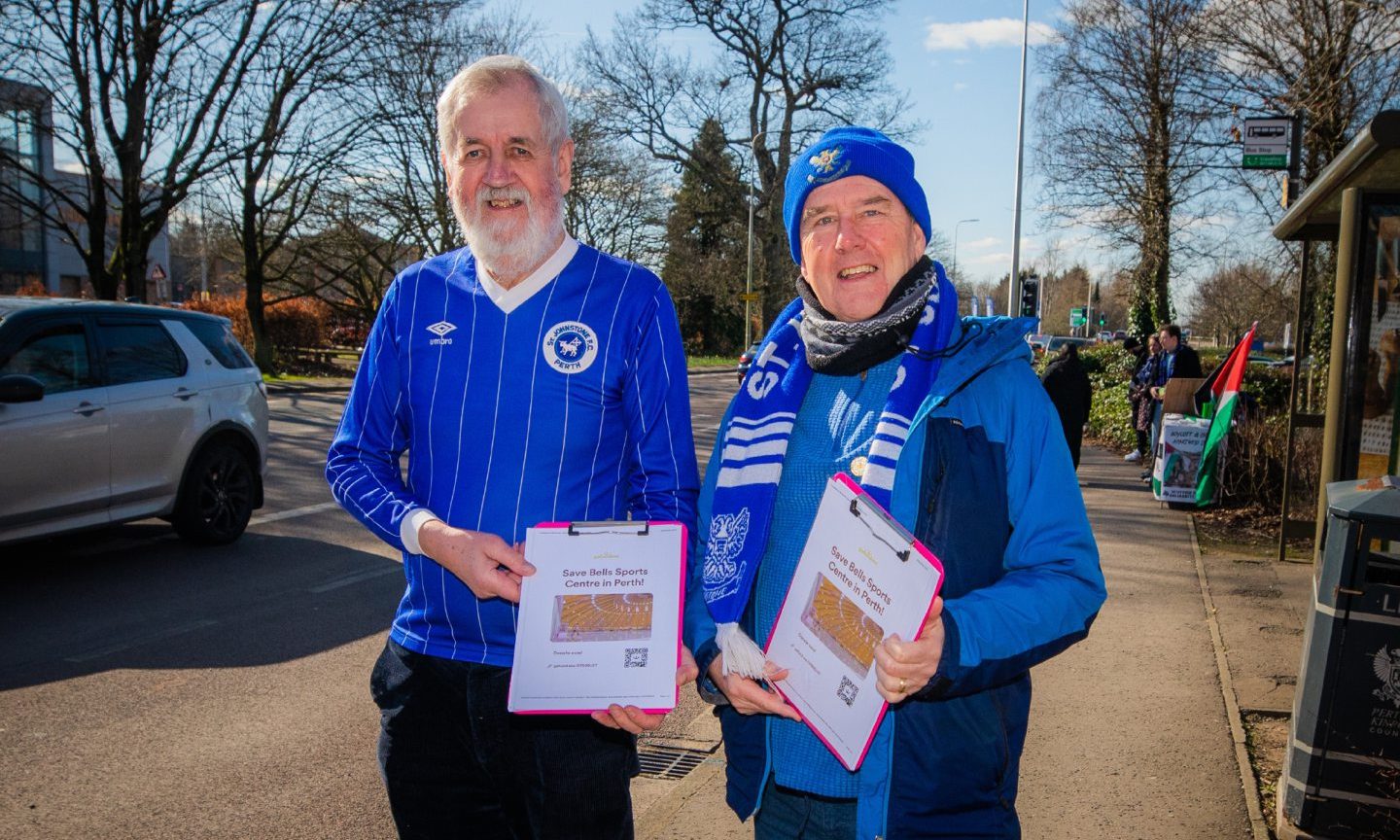At a recent open day at Perth, Limagrain UK showcased exciting variety options for Scottish farmers.
-
Some Courier online content is funded by outside parties. The revenue from this helps to sustain our independent news gathering. You will always know if you are reading paid-for material as it will be clearly labelled as “Partnership” on the site and on social media channels,
This can take two different forms.
“Presented by”
This means the content has been paid for and produced by the named advertiser.
“In partnership with”
This means the content has been paid for and approved by the named advertiser but written and edited by our own commercial content team.
Tackling septoria with genetics
Speaking at a recent trials open day in Murrayshall, Perth, Limagrain’s technical arable manager Ron Granger, acknowledged that septoria had been a particular challenge in many areas of Scotland this season, and may be causing many to reconsider what wheats they grow next season.
“There is no doubt that the loss of chemistry, particularly chlorothalonil as in Bravo, has made the control of septoria much more difficult and the reality of this has been seen in the field this season.
“We have also seen a breakdown of genetic resistance at differing levels in varieties with Cougar parentage,” he said.
“This is very similar to the situation we had in the south-east of England last year, where there was some breakdown of the Cougar resistance in both biscuit and soft feed wheats.”
Mr Granger recognised concerns that the septoria resistance of soft wheats lag behind those of several recommended hard wheats, which may push growers into looking at hard wheats for next year as a more secure robust package.
However he pointed out that the issue for hard wheats, is markets. “Unless you are growing a hard wheat for feed, there are not the same premiums available as for softs, and therefore the trade and end-users are generally more interested in soft wheats,” he said.
Mr Granger’s advice was to consider carefully what varieties to swap into that could potentially make up some of the premium, but offered more robust disease resistance.
For example, the biscuit wheat LG Astronomer offers a really robust agronomic package for the North and may be of interest for example, if the septoria rating of LG Skyscraper is a concern.
“However wait and see how Skyscraper performs this harvest before making any decisions,” he added.
Whilst LG Astronomer was affected by the Cougar septoria race, it has held up better than other wheats in the sector, and he puts this down to a three way parentage (Leeds X Cougar) X Britannia cross rather than being a two way cross like varieties KWS Firefly and RGT Saki which have badly succumbed to the Cougar strain on farm.
“This means that LG Astronomer’s septoria resistance rating has only dropped from 7.4 to 6.8 on the current three-year rating, and 6.2 for the one-year (2021) rating.”
“You have to remember this rating is still better than popular varieties grown in the past ie KWS Barrel or Elation.”
“However if growing a hard wheat for livestock feed and looking for a variety with good disease resistance including septoria, look no further than LG Typhoon,” he said.
Mr Granger believes that the variety fits the requirements of a northern feed wheat grower as it is a consistent yielder across seasons and regions, it is stiff strawed with a fantastic disease resistance profile and performs well in the early drilling slot with an important slower rate of development in the spring.
“LG Typhoon’s resistance rating of 7.2 (3 year data set) for septoria, comes from a combination of genetic sources different to those in the majority of current RL varieties, and is a significant factor in protecting this resistance rating going forward.”
“LG Typhoon also has an excellent yellow rust rating of 8.7,” he notes.
Two exciting new winter barleys to come from Limagrain
LG Caravelle and LG Campus are the new two row feed barley candidates from Limagrain.
LG Caravelle offers a great agronomic package – including high yield potential, excellent disease profile, and a high specific weight. The variety is early maturing and is shorter like LG Mountain with good lodging and brackling resistance.
LG Campus offers similar yield potential to KWS Tardis and again offers a good agronomic package.
“Yielding similar to hybrid varieties and with excellent agronomic profiles for securing on farm performance, these varieties are very exciting news for winter barley growers,” says Mr Granger.
OSR Portfolio
Key messages to come from Limagrain UK’s arable technical specialist, Liam Wilkinson, supported the claim that Limagrain’s OSR genetics are the strongest and most robust that any breeder has produced for a long time.
“Our focus on using genetics to mitigate risk through trait stacking such as TuYV, pod shatter and RLM7 resistance, in the oilseed rape crop has been very successful and is fully reflected in the current Recommended List for the North where LG varieties hold the top positions, with varieties such as Aurelia.”
“Within our UK breeding programme we have been able to focus on issues relevant more specifically to northern conditions and challenges.”
He points to light leaf spot which he believes to be the biggest OSR disease threat in the UK, particularly in the North and is increasingly difficult to control with changes in climate.
“Often only considered to be a disease of the canopy, LLS infection can spread to the stem resulting in serious issues from stem distortion, stunting, poor pod formation and oil quality issues, and is often overlooked.”
“Cylindrosporium is the stem-based stage of light leaf spot, and it is not scored for on the AHDB RL, so incidences of stem infection often go unreported, resulting in unnecessary yield and quality reductions,” he says.
“However, it’s been a key focus for us across the Limagrain European breeding programme. We select plants with good strong stems that stand well as a matter of course.”
He points out that all of the LG varieties currently on the RL have been scored for cylindrosporium in Limagrain’s own trials, as well as for LLS in the RL programme.
“That means today none of our varieties have less than a score of 6 for light leaf spot.”
Last year we launched LG Anarion, the first available Clubroot resistant variety that also offered TuYV, pod shatter and RLM 7 resistance. The addition of LG Scorpion further strengethens the LG clubroot portfolio.
We are proud of our portfolio and it is immensely rewarding that Limagrain varieties have proven themselves consistently over seasons and continue to deliver the yields that growers have come to expect,” he says.
For more information, visit the Limagrain UK website.











